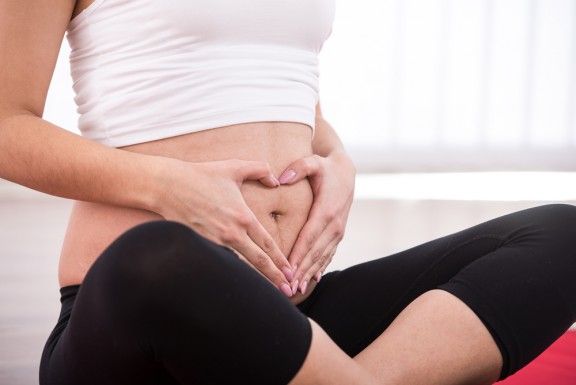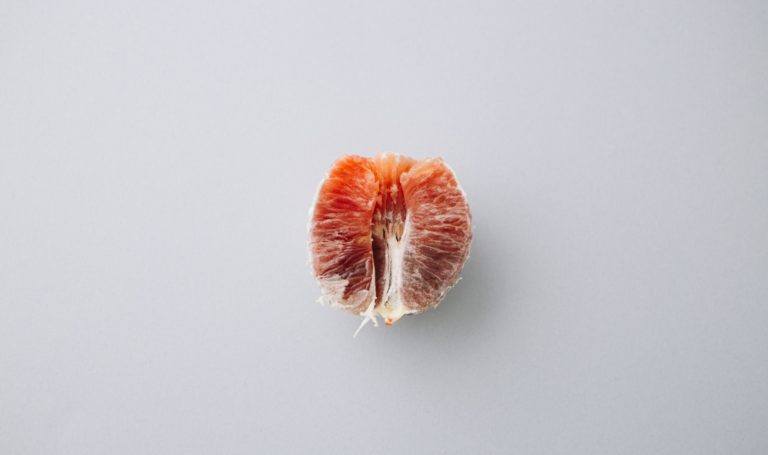Naturally after our beautiful babies arrive in the world we notice that our bodies are changed by the experience. While some of these changes will be with us for the duration (hello stretch marks!), other changes ebb away with time and our body gradually returns to some version of its previous self.
However, certain unpleasant things linger; Things like diastasis recti (that longways split down the middle of your abdomen), pelvic floor weakness (do you remember when you didn’t pee when sneezing or running?), or pelvic floor, hip and inner thigh pain such as from symphysis pubis dysfunction.
Then there are the things that only show up now that life is changed by this other being you are caretaking for; A hiked hip on the side that you favor for carrying your wee one, an internally rotated (“schlumped”) shoulder on the side you prefer to nurse on, or wrist pain from carrying or nursing (De Quervain’s tenosynovitis or carpal tunnel).

While all of these issues are varied, the thing they all have in common is that they are structural problems, and structural problems do not tend to respond well to spot-treatments. They heal best when they are addressed globally, which is exactly what Structural Integration is designed to do.
What does addressing things globally mean? Let’s explore that by taking a look at diastasis recti (DR) more closely.
DR is easy to see and to feel as it is a separation of the rectus abdominus muscle, which is our most superficial abdominal muscle. This separation takes place along the linea alba- or the center line that runs down between the two sides of the rectus abdominus. Those who have a lingering DR which does not close on its own within the first few months after delivering will also notice a new potbelly whose epicenter is at the bellybutton.
While it is easy to locate and therefore tempting to pinpoint with spot treatments, DR is really about alignment issues that predispose a person to getting it in the first place.
Some of the patterns that are typical of a person who is at risk of developing DR is a ribcage that shears forward (i.e. tilting the chest in the direction of the ceiling), a posteriorly tucked pelvis (i.e. “sad dog” posture with the tail tucked underneath and a flattened lumbar spine- sitting all day in this alignment also creates the same risk), chronic tension in the quadriceps and hamstrings, and, in a cruel twist, those who are habitually pulling in their stomachs with muscular effort are also at risk.
If you have taken on a program to close your DR with either splinting it via a wrap, or splinting it via “tummy zippering” type exercises, you might wonder why it matters that this other stuff is out of place if you can simply apply the spot-treatment approaches. Well… the thing about those spot-treatment approaches is that they are a short term band-aid which just displaces the problem. And in the holistic healthcare field, we don’t like short-term fixes.

Briefly, this is what happens; Our internal cavity is all about pressure regulation, so if you have out of whack alignment you will have increased pressure dynamics (if pressure is a confusing concept just think about what happens when you cough- you have a very short-lived and temporary increase in pressure in order to make a cough happen). If you then splint around or effort around the problem- as with tummy-pulling-in exercises- you have simply increased the pressure of an already high pressure environment.
Ever try to tie a string around a water balloon? The water’s got to go somewhere, so it bulges out in other places (or pops, the human version of that would be a hernia or pelvic organ prolapse). In the case of DR and splinting- either internally with exercises or externally with devices- the bulging often affects the pelvic floor and respiratory diaphragm. This lying-in-wait pressure allows the DR to creep back in over time, and of course causes trouble for the pelvic floor and the breath.
Alternatively, in Structural Integration we are looking to align the structure so that your body can find its way back to its natural and effortless “original design”. What we want is to remove any unnecessary pressurizing effects so that your system can settle into its supportive internal architecture with ease, thereby allowing the musculature to pick up its normal tone again. This, of course, works as a preventative measure as well as a reparative one.
While each of the issues that I listed at the beginning of this article all have their own structural components, and naturally each individual’s history will contribute to their own alignment patterns, each can be addressed effectively within a holistic alignment framework. Our bodies are smart! They are designed beautifully. Sometimes they just need a little help remembering how to find their way back to their internal support, and a global approach is the most effective route there.




